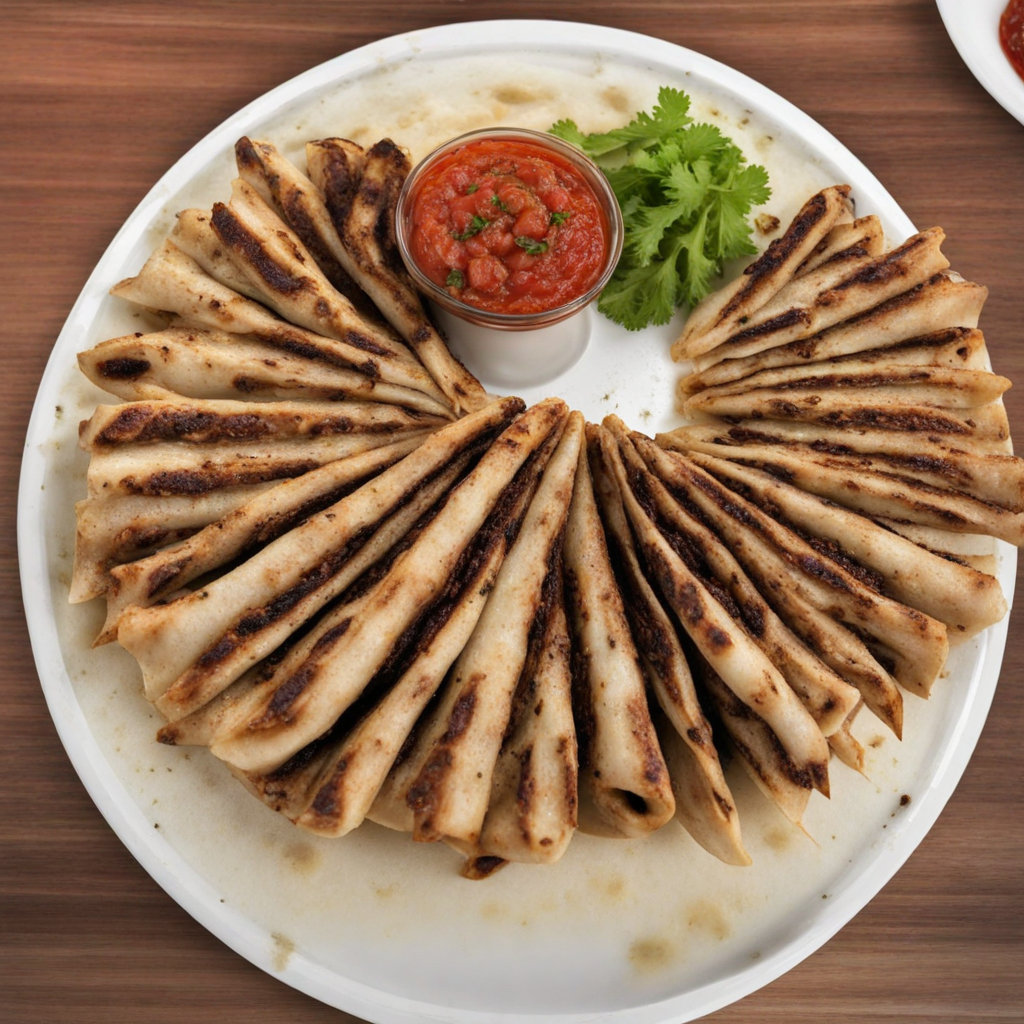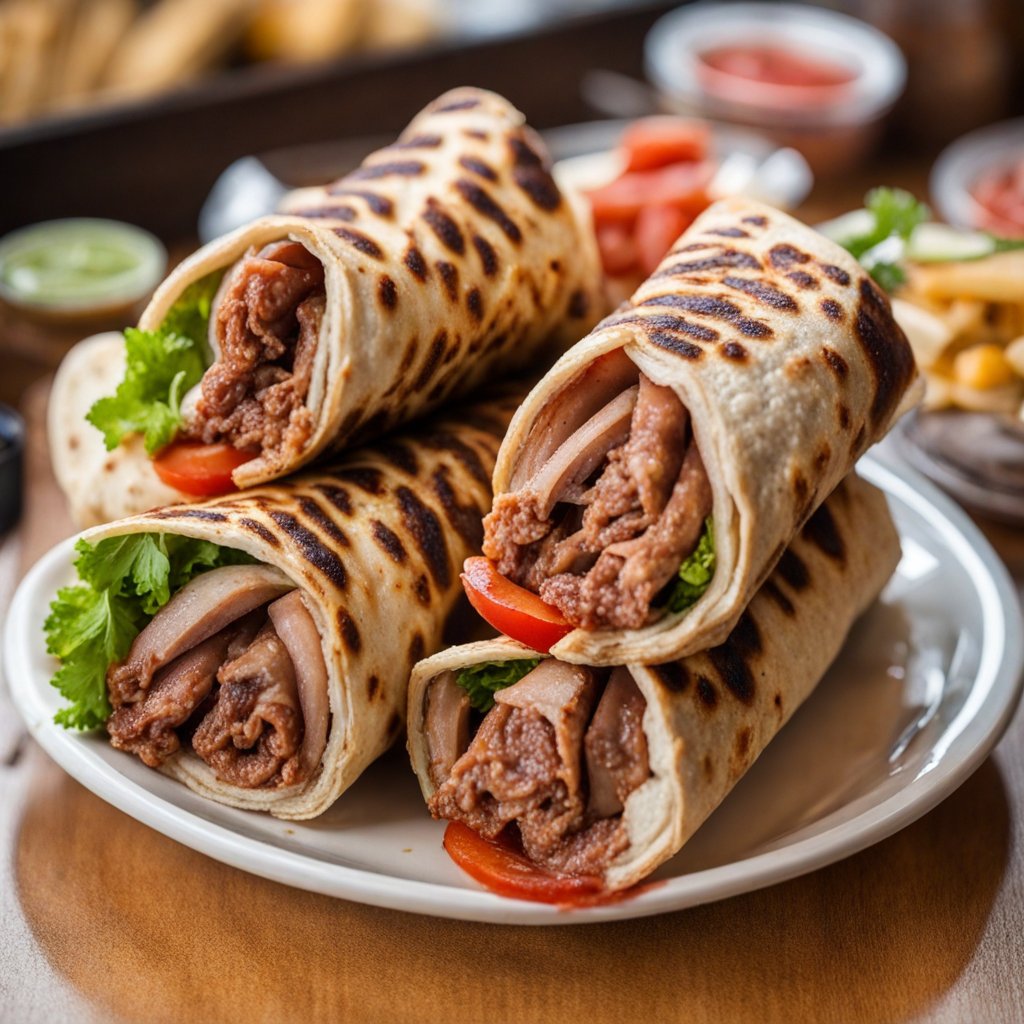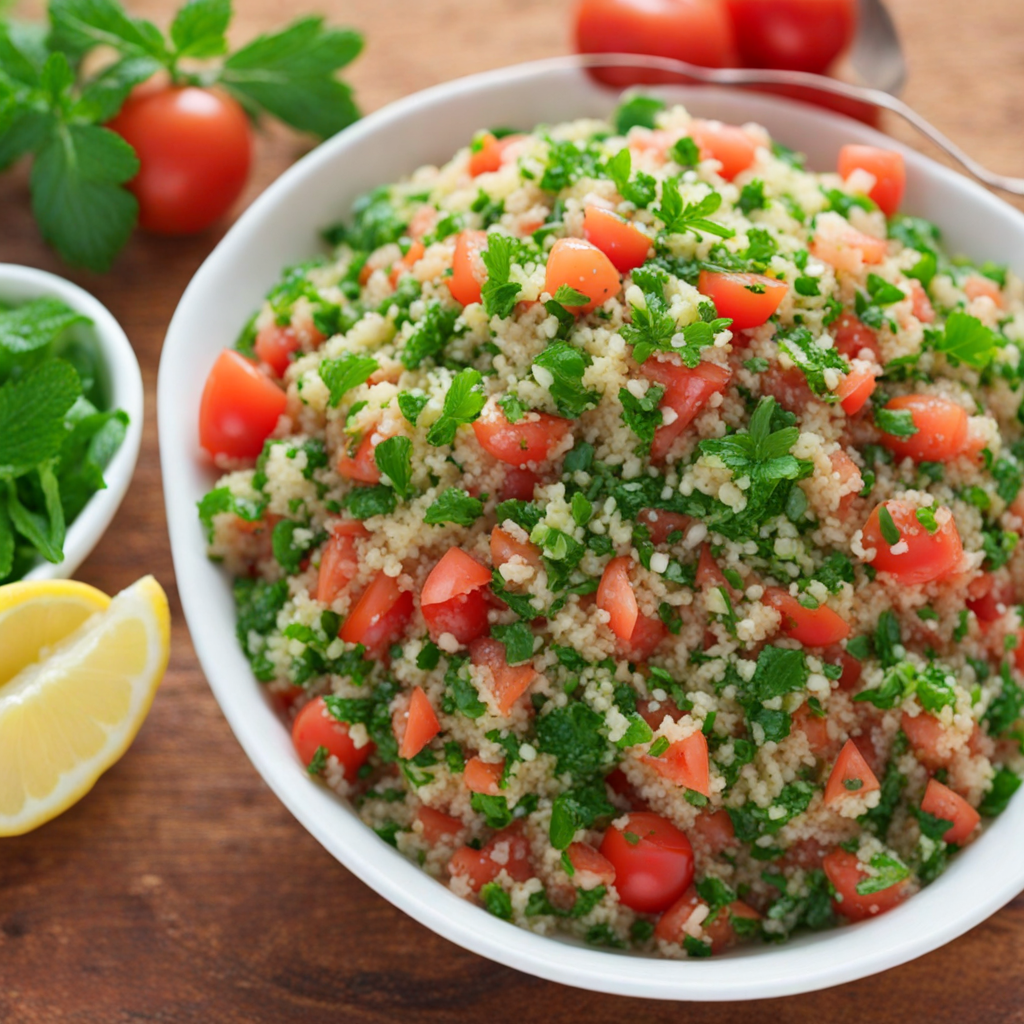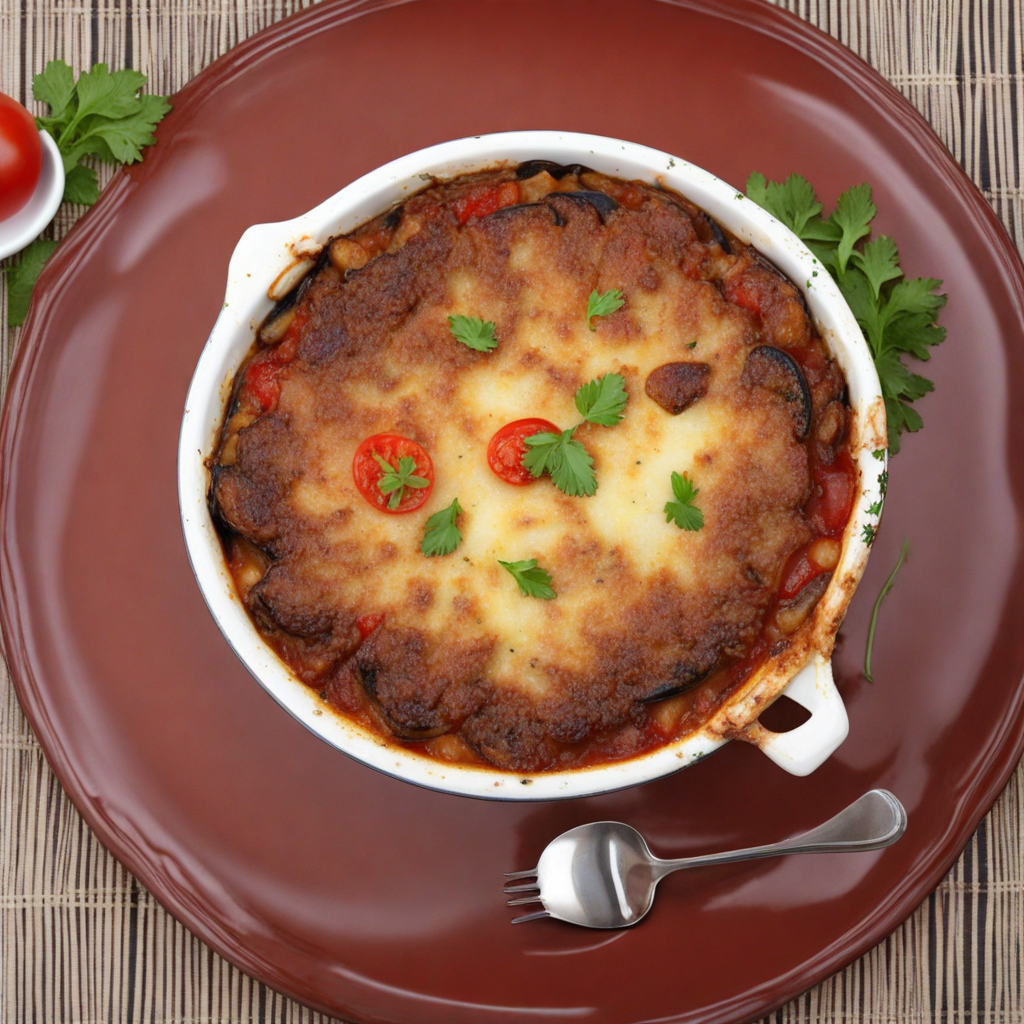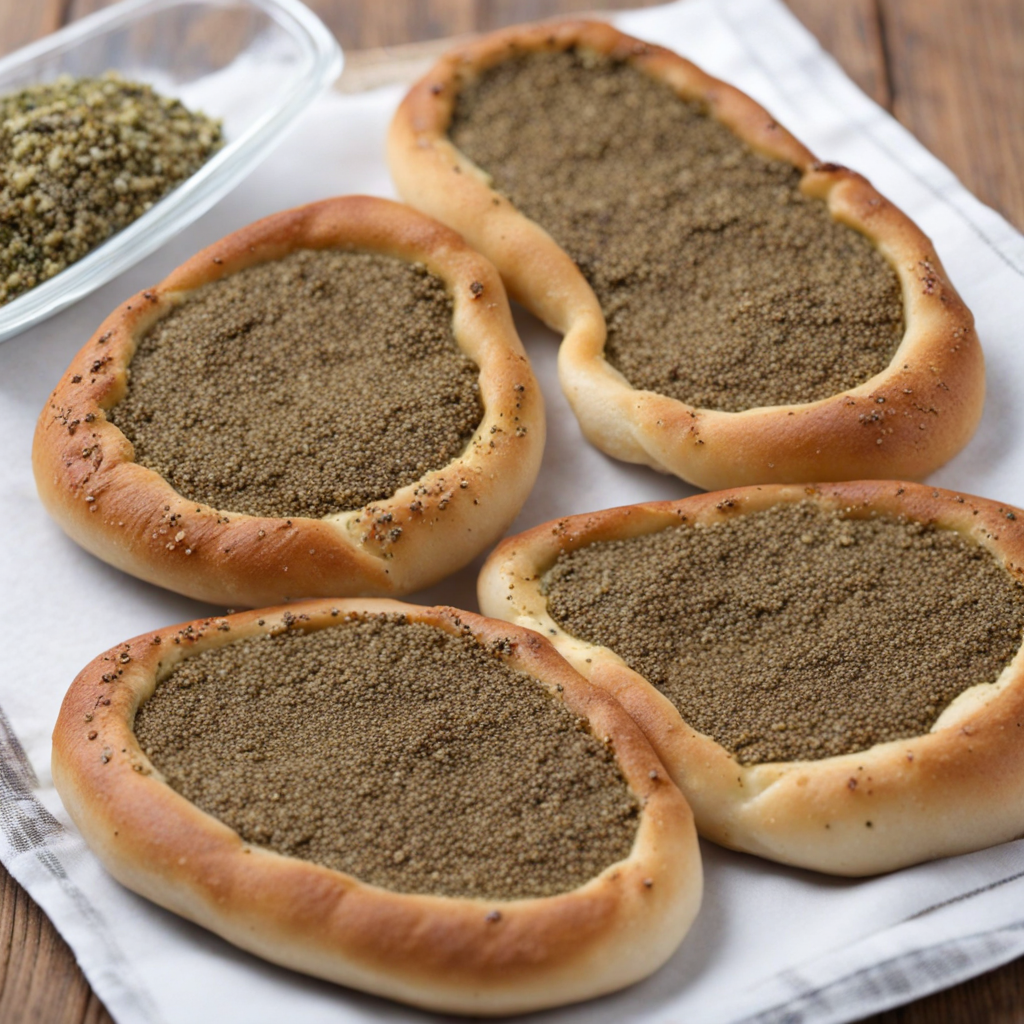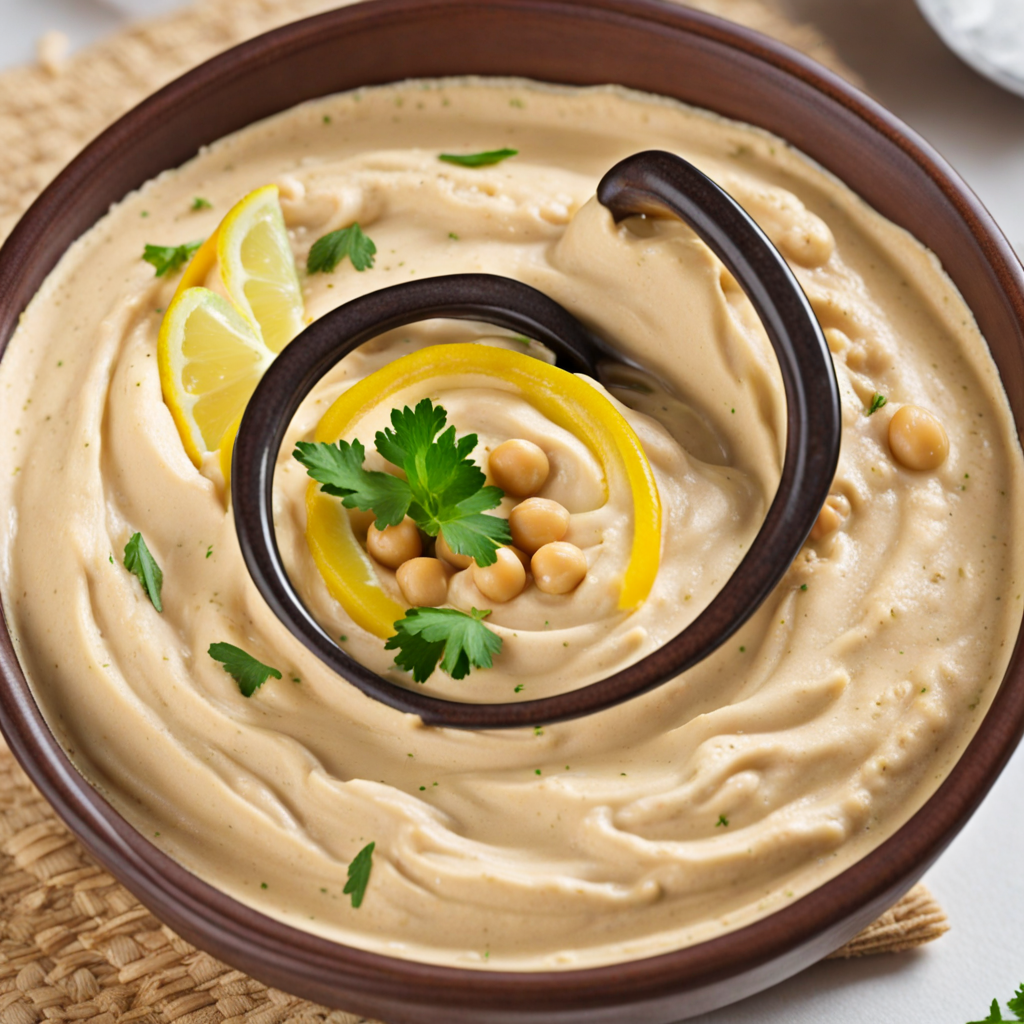Shawarma
Shawarma is a captivating Lebanese dish that brings together a delightful blend of spices, marinated meats, and fresh ingredients, making it a true culinary experience. Traditionally, the meat—often beef, lamb, or chicken—is marinated in an aromatic mixture of spices such as cumin, paprika, and garlic, then stacked in a cone-like shape on a vertical rotisserie. As the outer layer cooks, it is thinly shaved off, creating succulent, tender slices that are bursting with flavor. The enticing aroma wafting from the rotisserie is just a prelude to the rich taste that awaits. Served in a warm pita or flatbread, Shawarma is often accompanied by an abundance of fresh toppings and sauces. Crisp vegetables like cucumbers, tomatoes, and lettuce add a refreshing crunch, while pickles and onions provide a tangy contrast to the savory meat. The dish is often drizzled with tahini, garlic sauce, or spicy chili sauce, each adding layers of flavor that enhance the overall experience. This combination of textures and tastes creates a vibrant and satisfying meal that is both comforting and invigorating. Enjoyed as street food or in restaurants, Shawarma is more than just a meal; it's a social experience, often shared among friends and family. The beauty of Shawarma lies in its versatility—each bite can be customized to suit personal preferences, whether you prefer it mild or with a kick of heat. This delightful dish offers a taste of Lebanon's rich culinary heritage, inviting you to savor each mouthful and discover the harmonious balance of spices and fresh ingredients that define this beloved classic.
How It Became This Dish
The origins of شاورما (Shawarma) can be traced back to the Middle East, with its roots particularly strong in the Levant region, which includes countries like Lebanon, Syria, and Jordan. The term "Shawarma" itself is derived from the Turkish word "çevirme," which means "to turn" or "to rotate," referring to the cooking method used to prepare the meat. Traditionally, Shawarma is made by stacking marinated slices of meat—often lamb, chicken, beef, or turkey—on a vertical rotisserie. As the meat slowly cooks, it is shaved off in thin slices to be served in various ways. The cooking technique of roasting meat on a vertical spit is believed to have origins in ancient civilizations, with some historians suggesting that it can be traced back to the cooking methods of the Ottoman Empire. The Shawarma we know today, however, began to take shape in the 19th century when Lebanese street vendors popularized the dish in the bustling streets of cities like Beirut. The introduction of spices and marinades unique to the Levantine cuisine played a significant role in crafting the distinct flavor profile of Shawarma, making it a beloved street food that captured the hearts of locals and travelers alike. As Shawarma gained popularity, it became more than just a dish—it evolved into a cultural icon in Lebanon and beyond. In Lebanese culture, sharing food is a symbol of hospitality and community. Shawarma stalls became social hubs where people gathered to enjoy good food and engage in conversation. The preparation and serving of Shawarma often involve a theatrical element, with skilled chefs showcasing their techniques as they slice the meat and assemble the sandwiches, adding fresh vegetables, sauces, and pickles. This interactive experience enhances the communal aspect of dining and fosters connections among people. Over time, Shawarma has also become a culinary ambassador for Lebanese cuisine around the world. Emigrants from Lebanon and other Levantine countries played a crucial role in spreading the popularity of Shawarma, particularly in the United States and Europe, where it was embraced by diverse communities. In cities like New York, Los Angeles, and London, Shawarma shops began to emerge, often adapting the traditional recipe to suit local tastes. This globalization of Shawarma has led to a fusion of flavors, with some establishments offering variations that incorporate unique sauces and toppings, reflecting the multicultural fabric of urban life. The cultural significance of Shawarma extends beyond its delicious taste. It represents resilience and adaptability. During times of conflict and displacement, such as the Lebanese Civil War in the 1970s and 1980s, Shawarma stalls continued to serve as vital points of connection and comfort for people. The aroma of grilled meat and the sight of spinning spits became symbols of normalcy amidst chaos. Today, Shawarma is often featured in food festivals and cultural events, celebrating not only its culinary history but also the stories of the people who have kept the tradition alive. In recent years, the rise of food media and social networks has further propelled Shawarma into the global spotlight. Food bloggers, chefs, and influencers have showcased the dish, sharing recipes and tips on how to make authentic Shawarma at home. This has led to a resurgence of interest in traditional cooking methods and ingredients, as people seek to create their own versions of this iconic dish. Furthermore, the food industry has responded to this trend by refining Shawarma offerings, with gourmet versions appearing on menus that highlight high-quality ingredients and innovative preparations. As the demand for Shawarma continues to grow, so does the competition among vendors. In Lebanon, you'll find a plethora of Shawarma shops, each boasting its unique recipes and preparations. These establishments often engage in friendly rivalries, with customers passionately debating which spot serves the best Shawarma. This local pride not only enhances the culinary landscape of Lebanon but also fosters a sense of community as people come together to celebrate their gastronomic heritage. The ingredients that accompany Shawarma are just as important as the meat itself. The traditional wrap often includes fresh vegetables like tomatoes, cucumbers, and lettuce, along with sauces such as tahini, garlic sauce, or spicy harissa. Pickles also play a crucial role, adding a tangy crunch that complements the savory flavors of the meat. The balance of flavors and textures is key to a satisfying Shawarma experience, which reflects the rich agricultural heritage of Lebanon, where fresh produce is abundant and celebrated. In addition to its traditional form, Shawarma has inspired a variety of creative adaptations. Chefs around the world have incorporated Shawarma flavors into different dishes, from Shawarma burritos to Shawarma-inspired pizzas. This culinary experimentation highlights the versatility of the dish and its ability to transcend cultural boundaries while paying homage to its origins. Furthermore, Shawarma has become a canvas for chefs to express their creativity. Innovative interpretations often showcase local ingredients, seasonal flavors, and unexpected combinations, pushing the boundaries of what Shawarma can be. This evolution is a testament to the dish's enduring appeal and its capacity to adapt to contemporary culinary trends while remaining anchored in its rich history. In conclusion, Shawarma's journey from the streets of Beirut to its status as a global phenomenon is a fascinating narrative of cultural exchange and culinary creativity. Its origins in the Levant highlight the importance of tradition, while its modern adaptations reflect the dynamic nature of food in a globalized world. As it continues to evolve, Shawarma remains a delicious testament to the history and heritage of Lebanese cuisine, reminding us of the shared experiences and connections that food can create across cultures and generations.
You may like
Discover local flavors from Lebanon


